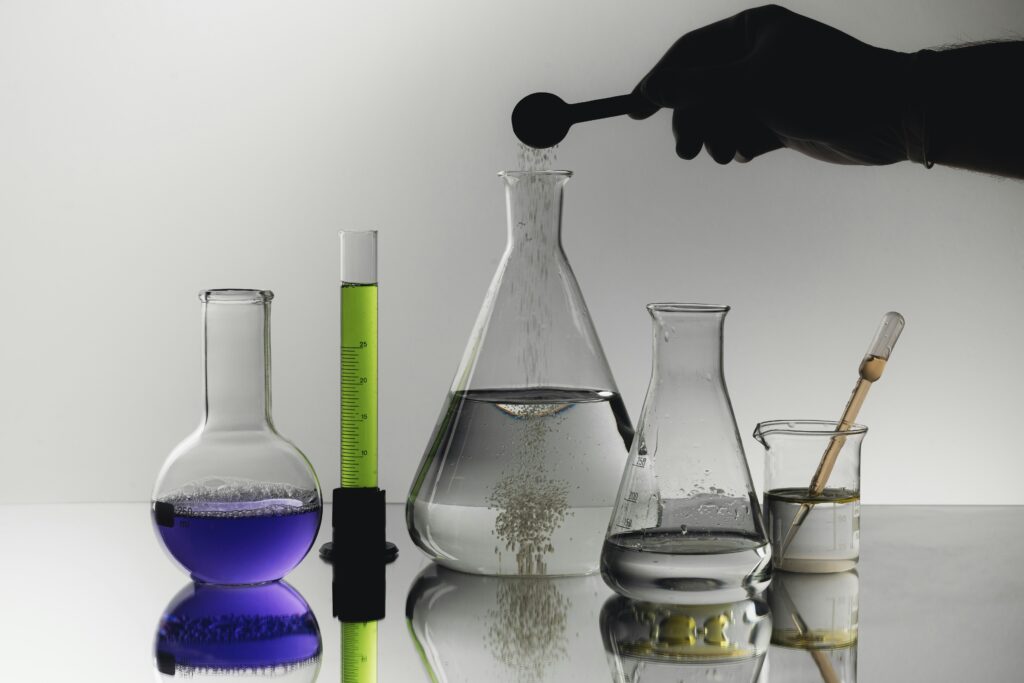The Hidden Harmony of Elements: Understanding Chemical Balance in Everyday Life


When you start to notice this hidden order, it becomes clear that chemistry is the foundation of life’s rhythm. The harmony of elements keeps nature stable, maintains the human body, and drives every process that supports survival. Understanding this delicate balance helps you appreciate the beauty of how everything is interconnected through the unseen forces of chemistry.
Every moment of your life is touched by chemical balance—from the way your body works to the way plants grow and even how your morning coffee brews. Chemistry is not limited to laboratories or textbooks; it is alive in every heartbeat, breath, and meal. The world operates through a continuous exchange of atoms and molecules, working together in perfect harmony.
The Foundation of Chemical Balance
At its core, chemical balance refers to the state where substances interact in ways that maintain stability. It happens when forward and backward reactions occur at equal rates, creating equilibrium. This state doesn’t mean stillness—it means dynamic balance, where reactions continue but at a controlled pace.
This principle is visible everywhere. For example, when water evaporates from the ocean, it eventually returns as rain. In your body, oxygen and carbon dioxide are exchanged with every breath. The secret of life lies in this constant but balanced exchange of matter and energy. Chemistry ensures that nothing is wasted, only transformed, in a continuous cycle of renewal.
Chemical Balance in Nature
Nature is the most outstanding chemist, maintaining equilibrium through endless cycles. Every ecosystem depends on chemical reactions that sustain life while keeping environmental balance. Plants absorb carbon dioxide and release oxygen during photosynthesis, while animals do the reverse through respiration. Together, they create a natural rhythm that regulates the atmosphere and supports life.
Water, too, shows the brilliance of chemical balance in everyday life. Its molecules bond and break apart in a cycle that drives weather patterns, supports organisms, and shapes the planet. The nitrogen cycle operates in the same way, transferring essential nutrients between soil, plants, and animals. When one part of these systems changes, nature adjusts automatically to restore stability. This self-regulation demonstrates chemistry’s harmony at its finest.
The Chemical Balance Within You
Your body is a living laboratory, performing thousands of reactions every second. Everything from digestion to emotion relies on chemical balance. When you eat, enzymes break down food into energy molecules like glucose. That energy powers every cell, allowing muscles to move, thoughts to form, and the heart to beat.
The pH level in your blood, for example, stays around 7.4—a perfect balance between acidity and alkalinity. Even a slight deviation could cause serious health problems. The kidneys, lungs, and circulatory system all work together to maintain this balance automatically. Similarly, your body regulates hormones and electrolytes to ensure every function operates smoothly. Without this harmony of elements, life itself would not exist.
Chemistry in the Food You Eat
Every meal you enjoy is a result of chemistry in action. When you cook, chemical reactions transform raw ingredients into flavorful, digestible food. Heat breaks down proteins, fats, and carbohydrates, releasing new aromas and tastes. Even the browning of bread or roasted coffee beans comes from the Maillard reaction—a complex interplay of sugars and amino acids.
Inside your body, digestion continues this process. Acids and enzymes in your stomach break food down into smaller molecules that your cells can use for energy. This constant transformation depends entirely on chemical balance. Too much acid or too little enzyme activity can disrupt digestion and harm health. When balanced, these reactions fuel the body efficiently, keeping you active and strong.
Chemical Balance in the Air You Breathe
Breathing is one of the most straightforward yet most essential examples of chemistry in daily life. Every inhale draws in oxygen, and every exhale releases carbon dioxide. Inside your lungs, oxygen binds to hemoglobin in red blood cells, while carbon dioxide leaves the body through exhalation. This exchange maintains your blood’s chemical stability.
Plants contribute to this balance, using carbon dioxide and sunlight to create oxygen through photosynthesis. This continuous cycle connects all living things, ensuring that both plants and animals survive. The harmony of elements in this natural exchange highlights the cooperative chemistry that sustains life on Earth.
The Role of Chemical Balance in Emotions and Energy
Even your feelings and energy levels depend on chemistry. Neurotransmitters—chemical messengers like dopamine, serotonin, and adrenaline—regulate mood, focus, and motivation. When these chemicals are in balance, you feel calm and focused. When they’re not, you might experience stress, fatigue, or anxiety.
Your body also depends on chemical energy. The conversion of glucose and oxygen into adenosine triphosphate (ATP) fuels every cell. This process is a brilliant example of chemical balance in motion—reactions happen precisely when needed, providing energy without chaos. Maintaining this internal balance through good nutrition, rest, and hydration is key to mental and physical health.
Modern Chemistry and the Pursuit of Balance
Modern chemistry takes inspiration from nature’s equilibrium to design new materials and technologies. Scientists study chemical stability to create everything from safe medicines to sustainable fuels. By understanding how reactions reach balance, researchers can control outcomes—making processes cleaner, faster, and more efficient.
For example, green chemistry focuses on creating eco-friendly reactions that reduce pollution and waste. Renewable energy solutions like hydrogen fuel cells and solar panels rely on controlled chemical reactions to generate power safely. These innovations mirror the natural chemical harmony found in ecosystems and the human body. By studying balance, scientists learn to work with nature rather than against it.
